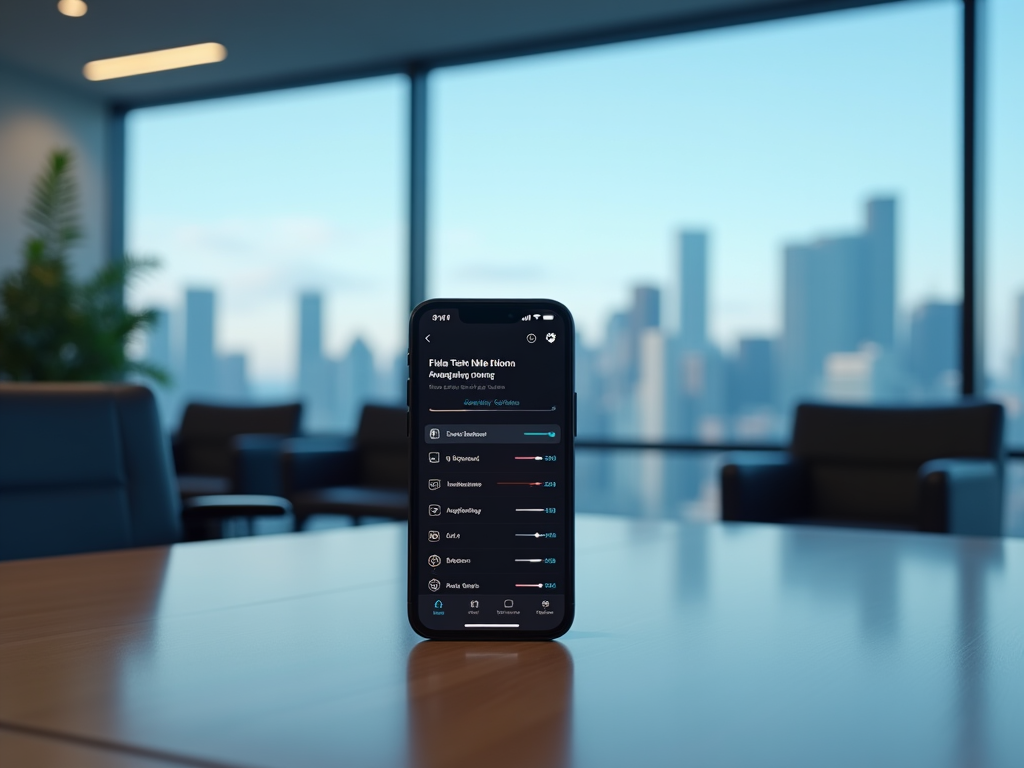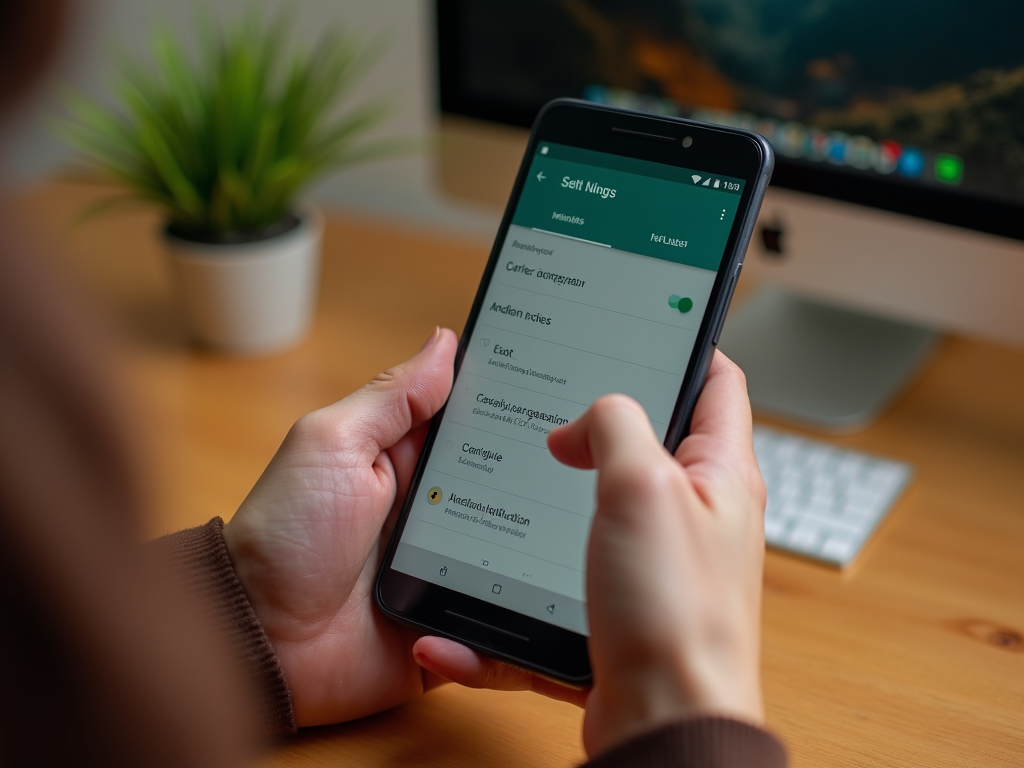Carrier aggregation is a crucial feature in mobile communication, enhancing data speeds and overall network efficiency. This technology combines different frequency bands, increasing bandwidth and improving user experience. Here are three effective methods to check carrier aggregation support on both Android and iPhone devices, ensuring you have access to optimal data performance.
Understanding Carrier Aggregation

Carrier aggregation is a key component of LTE-Advanced technology, allowing mobile devices to use multiple frequency bands for increased data throughput. This feature essentially bundles different carrier signals together, making efficient use of available bandwidth. By utilizing carrier aggregation, users experience faster internet speeds and reduced latency. For instance, when streaming high-definition videos or downloading large files, carrier aggregation enables uninterrupted, high-speed data access by dynamically managing available network resources.
Checking Carrier Aggregation on Android Devices

To determine if your Android device supports carrier aggregation, follow these steps. First, go to the ‘Settings’ menu and scroll down to ‘About Phone’. In this section, select ‘Status’ and look for ‘SIM Status’. Some devices might directly show ‘Carrier Aggregation’ status, indicating active support. Additionally, several apps on the Play Store, such as LTE Discovery or Network Cell Info, provide detailed network information, including carrier aggregation capabilities.
Another in-depth method involves using a service menu, accessible through the phone’s dialer:
- Open the dialer.
- Enter the code *#*#4636#*#* to access device testing settings.
- Select ‘Phone Information’.
- Check for ‘LTE CA’ (Carrier Aggregation) related entries.
External applications can simplify the process of checking carrier aggregation. Apps like Network Signal Guru can quickly determine the number of bands combined through carrier aggregation. These applications usually provide a dashboard with real-time updates on network connectivity, including the frequency bands currently in use. This real-time data helps users assess their network performance better. Moreover, by using these tools, you can experiment with different network settings to see firsthand the impact of carrier aggregation on your device’s data speed and stability.
Checking Carrier Aggregation on iPhones
On iPhones, carrier aggregation can be verified via field test mode. By dialing *3001#12345#* in your phone app, you enter a mode that allows access to signal strength data and other relevant information. Upon entering, navigate to ‘Serving Cell Info’ where you can find detailed carrier data, indicating whether carrier aggregation is active. It’s essential to understand that Apple devices might not label this directly, so recognizing the numbers and band indicators is crucial.
Moreover, Apple uses terms like ‘LTE-A’ to hint at the use of advanced LTE technologies, of which carrier aggregation is a part. Users can also check their device specifications on Apple’s official website to confirm the presence of carrier aggregation functionalities. Knowing these capabilities ensures you take full advantage of high-speed data services provided by your carrier, without additional installation or settings tweaking.
Conclusion
Checking your device for carrier aggregation is an essential step in maximizing your mobile data experience. By following these steps on Android and iPhone, users can be informed about their network capabilities. Whether using built-in functionalities or external apps, understanding carrier aggregation helps leverage optimal mobile service performance. Being proactive in testing can lead to better connectivity and faster internet speeds, significantly enhancing your daily digital activities.
Frequently Asked Questions
1. What is carrier aggregation?
Carrier aggregation is a feature in LTE-Advanced technology that allows mobile devices to use multiple frequency bands, enhancing data speeds by increasing bandwidth availability.
2. How can I check carrier aggregation on my Android phone?
You can check carrier aggregation on Android by accessing ‘Settings’ and ‘SIM Status’, using the code *#*#4636#*#* in the dialer, or through apps like LTE Discovery.
3. Can I check carrier aggregation on iPhones?
Yes, iPhones use field test mode accessed by dialing *3001#12345#* to show detailed carrier data, including carrier aggregation information.
4. Do all phones support carrier aggregation?
No, not all phones support carrier aggregation. The feature depends on the phone’s chipset and the carrier’s network infrastructure.
5. Does carrier aggregation work with all networks?
Carrier aggregation requires network support, meaning not all carriers may support the same frequency bands needed for aggregation.


